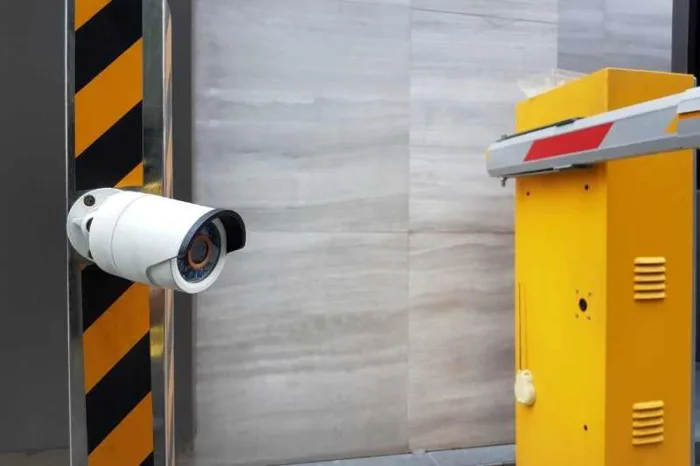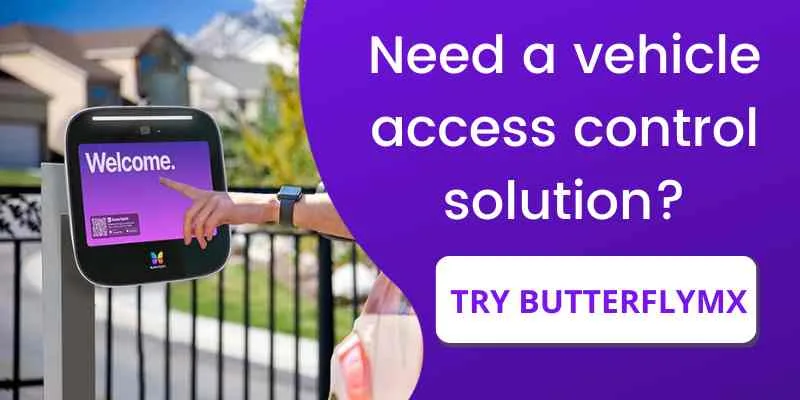Key takeaways
- An LPR system is a license plate reader that registers and collects data on vehicles for parking and gated entries.
- LPR systems are commonly used in student housing, multifamily and gated properties, and commercial parking lots or garages.
- Three benefits of an LPR system are added security, easy hands-free entry, and parking maintenance.
- Two great alternatives to LPR systems are video intercoms and vehicle readers with windshield tags.
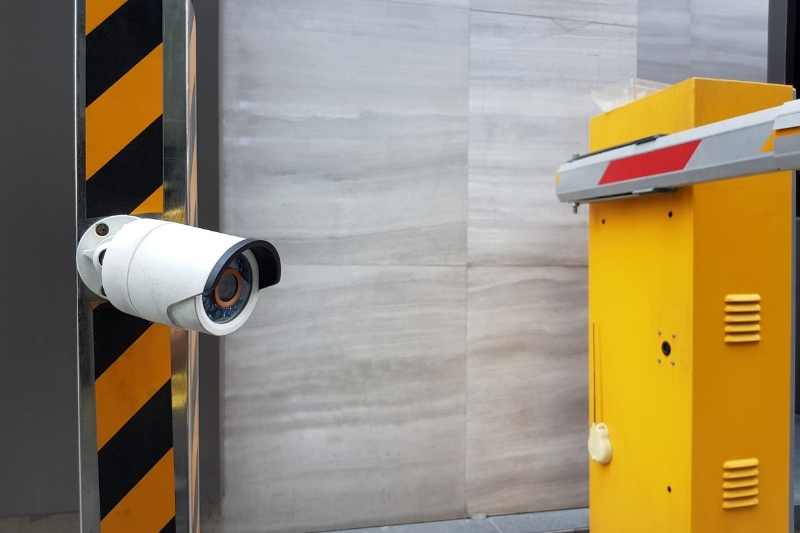
In the U.S., there are over 800 million parking spaces, which occupy approximately 5% of the total surface area. As a nation, we know the importance of designated parking spots and gated systems, which means it’s time we also learn the importance of using an LPR system for vehicle access control.
We’re all familiar with vehicle access solutions, such as keypads, keycard readers, and even manual security personnel. However, if you’re looking for a more efficient way to manage vehicle access to your parking garage, parking lot, or gated property, perhaps it’s time to consider a vehicle plate reader.
In this post, discover:
- What is LPR technology?
- LPR systems for vehicle access control
- Where is LPR used?
- 3 reasons to use an LPR system
- Alternatives to LPR systems
What is LPR technology?
License plate recognition technology (LPR) reads license plate numbers and uses the data to identify vehicles.
LPR technology was first developed to combat crime and conduct traffic surveillance. But with time, this powerful technology evolved to serve civilians in their quest for more efficient vehicle and parking access control solutions.
When you install license plate readers at entry points, they read each vehicle’s plate to determine whether that car is authorized to enter.
Watch how to control vehicle access at your gate with ButterflyMX:
LPR systems for vehicle access control
In 2020, worldwide vehicle ownership was approximately 2.9 billion. With so many people driving, there’s an excess number of vehicles, which creates a greater need for vehicular access control.
LPR systems enable vehicles to enter properties with controlled access by scanning their license plates as they approach. If the system detects an authorized license plate, it will grant entry to that vehicle. If it doesn’t recognize a license plate, it’ll deny access.
An LPR system consists of:
- A camera, which you install near the gate or door with controlled access. The LPR camera scans each vehicle’s license plate to capture the numbers and letters.
- LPR software, which checks the camera’s scan against its database. If the camera captures an authorized license plate, the software tells the system to unlock the gate or door of the vehicle.
While an LPR system may be a suitable solution for drivers, it could also create significant workload for property managers, owners, and HOA boards.
For example, every tenant’s vehicle must be manually registered and added to the database. This can be a lot of responsibility, even if it proves to be a useful system.
Additionally, residents will need to ensure that they keep their vehicle information up to date for the system to function smoothly. So, if a resident replaces their car or drives a temporary rental car, they won’t be able to gain access unless they add the new vehicle’s license plate number to the system.
LPR system features
- Limiting unregistered access. For an LPR system to function, property managers must first register vehicles. This puts them into the system, and they’re labeled as “permitted” to access that space. Then, unregistered vehicles are flagged and not allowed access — keeping the community safe and secure.
- IP camera technology. You can simplify the installation of these powerful cameras by looking for wireless brands that don’t require wiring.
- Integrations with other security systems. The best LPR systems integrate with other security systems, allowing you to manage security throughout your entire property more easily. By integrating interior CCTV systems with LPR, you can ensure the safety of tenants, whether they’re indoors or out.
- Audit trail. When vehicles enter a property, the LPR database records their entry and exit times. This security measure enables security personnel to access the system and retrieve information previously filed. Should issues arise, it’s easy to locate the vehicle’s owner and monitor the situation more effectively.
LPR system cost
An LPR system costs at least $1,000 but may cost up to $10,000 or more. Reliable LPR cameras that take detailed images can cost anywhere from $1,000 – $3,000+, and that’s if you only want one.
LPR software is even more expensive, especially if you want law enforcement-grade data reading. Finally, you’ll also need to budget for installation costs, which can range from hundreds to thousands of dollars.
Needless to say, while they are sought-after access solutions, LPR camera systems may not be practical for everyone’s budget.
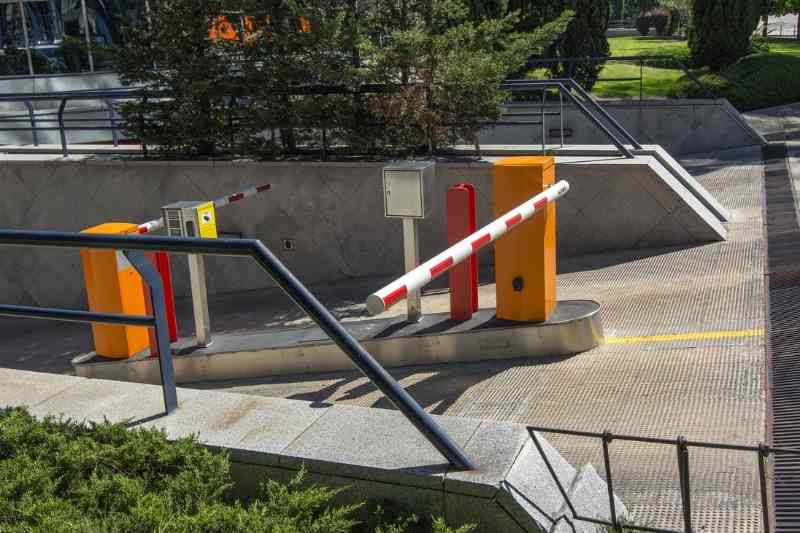
Where is LPR used?
You’ll find license plate recognition cameras almost everywhere — perched on traffic lights, attached to entry gates, and even monitoring drive-throughs. However, these are only a few of the cases in which someone might use LPR readers.
Who uses LPR?
Some of the biggest users of LPR are police departments and law enforcement agencies. However, property managers of all kinds can also benefit from the increased security LPR offers.
LPR license plate recognition is commonly used at:
- Student housing: LPR systems are perfect for monitoring incoming traffic in student housing parking lots and garages. This minimizes the risk of unauthorized vehicles accessing the building or taking student residents’ assigned parking spots.
- Parking garages: Private parking garages are great candidates for LPR cameras to heighten security. But they’re also very useful for garage access as they read registered license plates to allow vehicles through.
- Parking lots: Many parking lots feature gated entrances, making an LPR camera an ideal solution for both security and parking access. Of course, you won’t likely find an LPR system at a public parking lot, as each vehicle needs to be registered with the system for it to work.
- Gated communities: Most gated communities utilize outdated entry systems that are neither convenient nor visually appealing. In contrast, LPR systems help reduce the buildup of vehicles streaming into the gate during rush hour.

3 reasons to use an LPR system
License plate recognition is a popular vehicle access control solution for a variety of properties. Here are a few reasons why you should consider investing in your own LPR access control system.
3 benefits of LPR systems:
1. Added security
2. Easy hands-free entry
3. Parking maintenance
1. Added security
Parking and community security are major concerns on everyone’s minds. In 2021, there were roughly 16,617 robberies in parking lots and garages. These statistics are worrisome, especially when they limit people’s feelings of security in their own spaces.
By providing management with audit trails and limiting unauthorized access, an LPR gate system can prevent mail theft, security breaches, and other incidents.
2. Easy hands-free entry
Have you ever been stuck in a long line of vehicles inching their way through an entry gate? The line takes longer as each person has difficulty finding their key card or scanning their fob.
A vehicle license plate reader would solve this problem and reduce the frustration of traffic jams by enabling hands-free entry.
With a license plate reading camera, residents drive up to the front gate and allow their license plate to be scanned by the camera.
This is a great way to enable touchless access. The only downside is that it doesn’t allow for visitor access since their plates aren’t registered.
3. Parking maintenance
Once you resolve the issue with parking access control, you must then monitor the use of the vehicles themselves. One of the biggest challenges property managers face is ensuring sufficient parking spaces for all occupants.
Issues that limit parking spaces for residents:
- Too many unregistered visitors
- Guests who stay too long and don’t relinquish their spot
- People using designated spaces that don’t belong to them
- Too many vehicles for one family or unit
- Non-working vehicles (junkers) taking up space
You can fix some of these issues by using vehicle readers and cameras to keep track of who is using the spaces. If their vehicles don’t match, or they are overstaying their welcome, then you can crack down on parking rules.
Additionally, you can also use this system to make sure that owners register their new vehicles for updated information.
Alternatives to LPR systems
As we mentioned above, LPR systems have the potential to be costly and difficult to maintain. However, there are viable alternatives. Those effective alternatives to LPR access control are video intercoms and vehicle readers with windshield stickers
Video intercoms
When you install a video intercom system at your gated entry, residents can enjoy touchless access by using their smartphones. This is a popular access method for gated entrances as it reduces the need for PINs, codes, and keys.
Another advantage of video intercoms over LPR systems is the ability to let visitors in using the intercom, making it a great solution for guest access and deliveries.
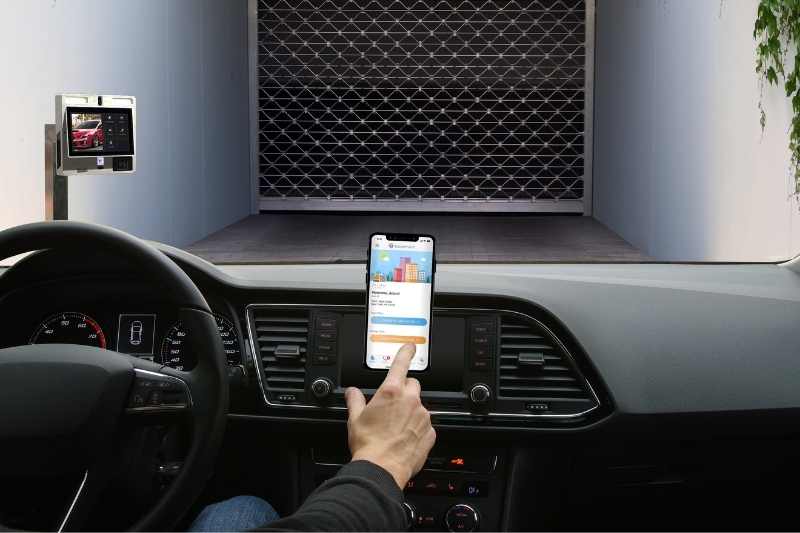
Windshield sticker & reader
When you invest in a vehicle reader system, you can increase the efficiency of access control.
For best results, choose a system that scans windshield stickers that are assigned to each vehicle. That way, when drivers pull up to your gated entry, the reader will scan the sticker and determine that the vehicle is authorized to access. As an added benefit, residents can move the sticker to a different spot on their windshield or move it to another car entirely.
People like this alternative because it doesn’t require them to do anything besides enter when the gate opens. If guest access is a concern, then a vehicle reader paired with a video intercom is the best option.
